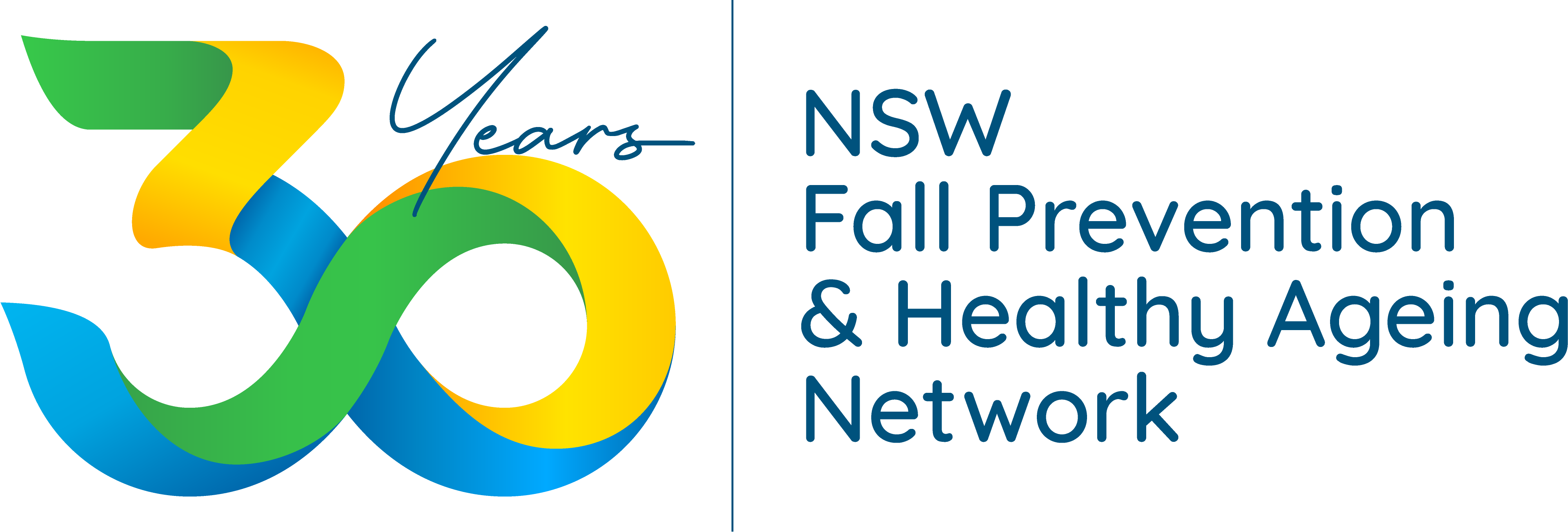Contact details
Tel: +61 2 9399 1063
Email: fallsnetwork@neura.edu.au
NeuRA
Margarete Ainsworth Building
139 Barker Street, Randwick
Sydney NSW 2031
Australia
Contact form
Frequently asked questions
To find out more about exercise fall prevention programs in your local area, visit our community care page or visit the Active and Healthy website.
For health professionals working in residential aged care, React to Falls is a fantastic resource that provides a systematic approach to ensure your care team is considering all physical, behavioural and environmental risk factors within your care facility.
For health professionals working in hospitals, our hospital care page features resources on how you can include fall prevention strategies in your patient care.
If you’re looking to upskill in fall prevention, visit our e-learning portal to access professional development programs.
If you are concerned about your own or a loved one’s risk of falling, we encourage you to see your GP, who can screen for your risk of falling and refer you to local allied health professionals, such as occupational therapists, physiotherapists or exercise physiologists.
Falls among older adults are likely to be associated with multiple risk factors, including intrinsic and extrinsic factors. Intrinsic factors include characteristics of the individual, such as age, functional abilities, sensory impairments, disorders and chronic diseases. Extrinsic factors include environmental hazards and obstacles interfering with safe mobility, and the side effects of some medications.
Research suggests that the most effective interventions to prevent falls for persons at moderate to high risk of falls are multifactorial, including fall risk assessment and management, physical activity, environmental modifications, education, visual screening and footwear interventions.
